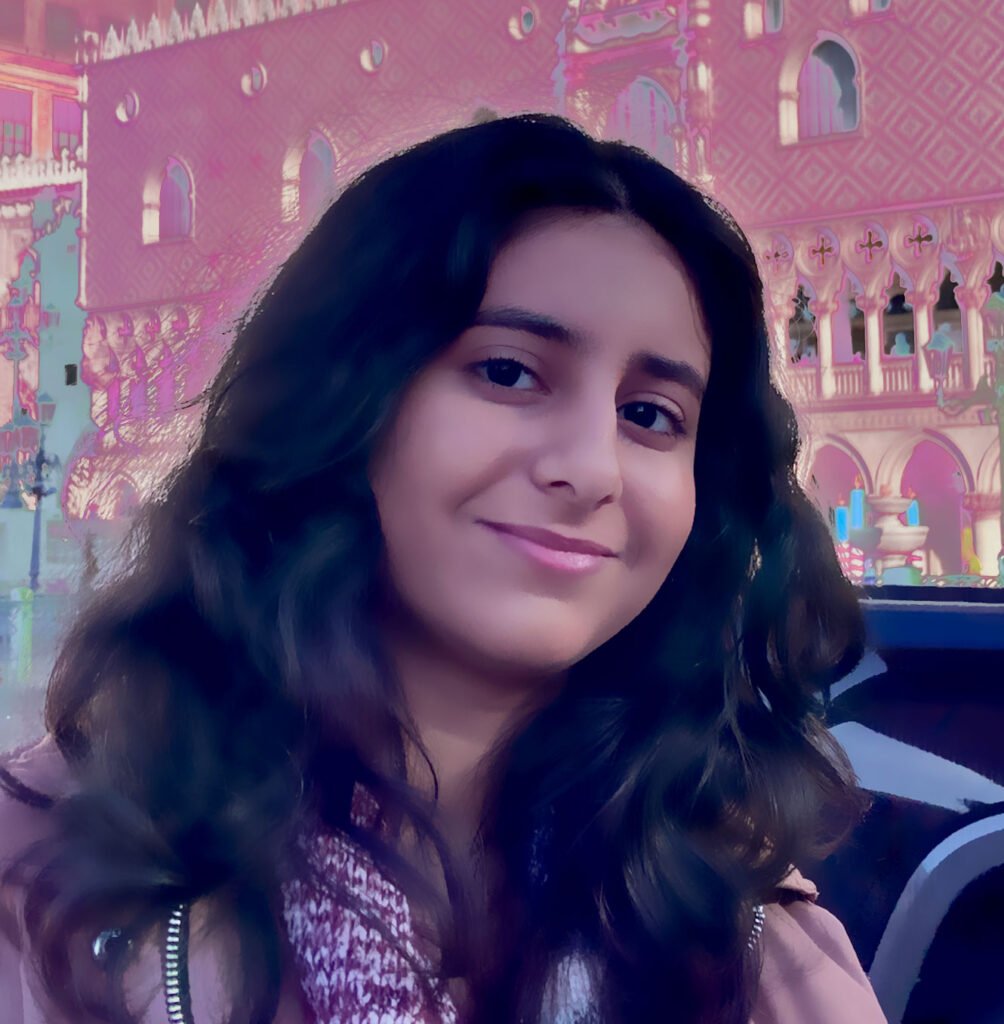
I began learning music at a young age by playing handbells and flute, as well as studying solfège. Early ear training and
note reading helped me prepare for the kamancheh. The kamancheh’s voice is warm and earthy, with a slightly nasal edge that can weep or dance within a single phrase. I began learning this traditional Persian instrument when I was six years old, while I was living in Iran. My family immigrated to the United States shortly after. My parents were unable to locate a local kamancheh teacher in Houston, so I continued my lessons virtually with my Iranian instructor. It was challenging to receive instruction online without in-person demonstration as a young child. Nevertheless, I adjusted, and playing the kamancheh became my way to stay connected to my culture after moving far away from my home country.
With my director’s permission, I played the violin parts on my kamancheh when I joined the school orchestra in middle school. The two instruments have the same tuning and range, despite their different constructions and tones. My instrument’s appearance, which stood out among the uniform rows of violins, violas, and cellos, initially made me feel self-conscious. However, my peers and my orchestra teacher welcomed me. I grew more confident and took pride in the uniqueness of my instrument and I learned how to blend with others while still holding onto my instrument’s distinct voice. I also progressed to the top ensemble during my three years of middle school. I didn’t have much stage or ensemble work experience prior to joining. I became a more precise and cooperative musician as a result of playing in the orchestra. Additionally, participating in concerts and the UIL competition improved my performance skills and taught me how to play under pressure.
In high school I resumed solfège training. My tonal awareness, musical memory, and pitch accuracy all improved as a result of this training. Moreover, my experience with the kamancheh inspired me to study the piano and deepen my harmonic understanding. I continued to practice the kamancheh and piano consistently throughout high school, despite the fact that my workload increased dramatically. I also learned how to balance hours of studying with moments of artistic focus.
Practicing both instruments became my source of comfort. I use music as a means of expressing my emotions and refocusing. I find clarity and a sense of accomplishment every time I play, and these feelings carry over into other aspects of my life. My relationship with my family was deepened by music as well. Playing for my family during holidays and gatherings strengthened my confidence and helped me reduce stage fright, which in turn improved my stage presence.
Furthermore, exploring both Western classical music and traditional Persian music on the kamancheh opened my ears to the variety of musical expression and taught me how multifaceted music can be. I developed a greater respect for both styles. I fell in love with the concertos of Antonio Vivaldi, the symphonies of Ludwig van Beethoven, and the nocturnes of Frédéric Chopin. At the same time, I grew to appreciate traditional Persian composers like Abdolhassan Saba and contemporary artists like Kayhan Kalhor and Mohammad Reza Shajarian.
I also created a website to share recordings of my piano and kamancheh performances during high school. I was able to enhance and refine my skills significantly while building this website. Making a personal website and performing solo, as opposed to playing in an orchestra, requires critical self-reflection without the support of an ensemble. In addition to being a creative and technical challenge, building the website allowed me to showcase the beauty of the kamancheh, an instrument that is underappreciated internationally but one deeply connected to Persian culture.
